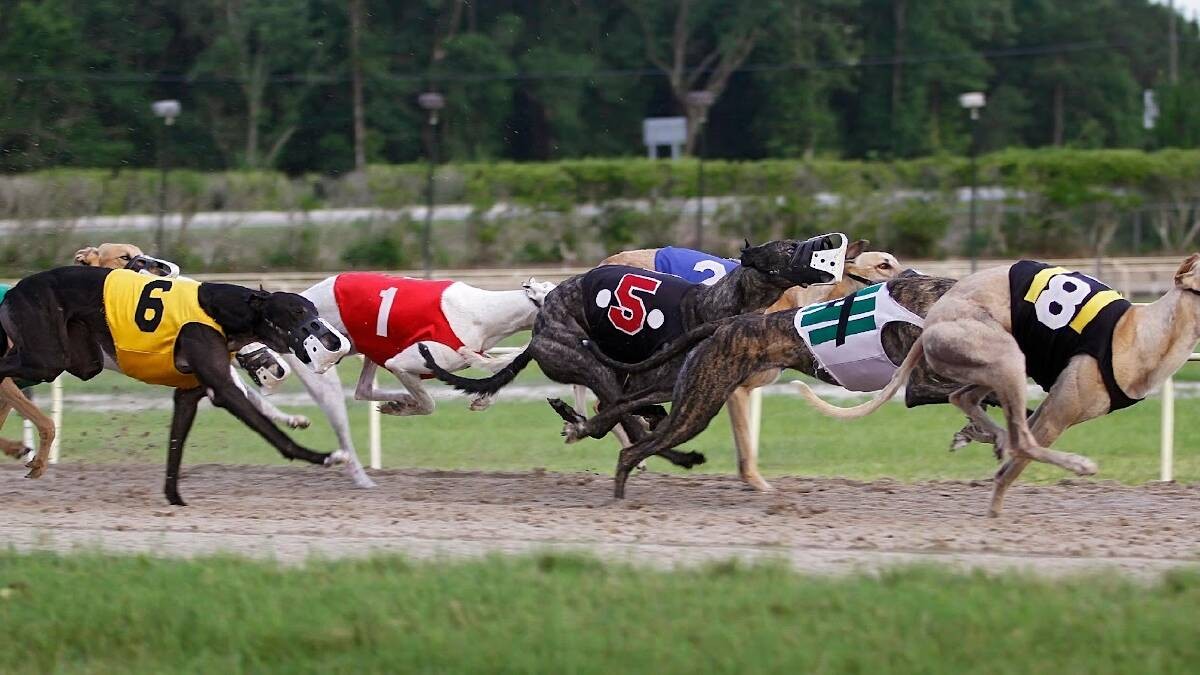Greyhound racing is an exhilarating sport that has captivated fans for decades, combining speed, strategy, and the thrill of the chase. For those who enjoy betting on greyhound races, the challenge lies in selecting the right dog to back. While luck always plays a part in betting, a strategic approach can significantly increase your chances of picking a winner. In this blog, we’ll explore essential greyhound betting tips that will help you make informed decisions and improve your odds of success.
Understanding the Basics of Greyhound Racing
Before diving into the tips, it’s crucial to understand the basics of greyhound racing. Races typically involve six to eight greyhounds running around an oval track, with the winner being the first to cross the finish line. The dogs are assigned trap positions (starting boxes), and their performance can be influenced by factors such as track conditions, race distance, and the behaviour of other dogs.
Each greyhound’s performance history, track preference, and current form are recorded and available to bettors, allowing for more informed decisions when placing bets.
Key Factors to Consider When Choosing a Greyhound
To increase your chances of choosing a winning dog, consider the following key factors:
- Form and Recent Performance: Just like athletes, greyhounds have periods of peak performance and times when they may not be at their best. Reviewing a dog’s recent races can provide insights into its current form. Look for consistent finishes in the top positions, as well as any signs of improvement or decline. A dog that has been performing well in its last few races is more likely to continue that trend.
- Track Conditions and Preferences: Different greyhounds perform better on different types of tracks. Some dogs may excel on fast, dry tracks, while others may perform better on wet or muddy surfaces. Additionally, some dogs prefer certain tracks over others due to familiarity or track layout. Understanding a dog’s track preference can give you an edge when betting, especially if the track conditions on race day match the dog’s strengths.
- Trap Position: The starting position, or trap, can significantly impact a greyhound’s chances of winning. Some dogs are better suited to inside traps, while others perform better from the outside. It’s important to consider the dog’s trap history and whether it has a preference for certain positions. Additionally, the running style of the greyhound matters—dogs that prefer to run on the rail (inside) may struggle if placed in an outside trap, and vice versa.
- Class of the Race: Greyhound races are often categorized by class, with higher-class races featuring more competitive dogs. When betting, consider whether a greyhound is moving up or down in class. A dog that has been performing well in a higher class may have a better chance of winning when dropping down to a lower class, while a dog moving up in class might face tougher competition.
- Distance of the Race: Greyhound races are run over various distances, and not all dogs are suited to every distance. Some greyhounds are sprinters, excelling in short-distance races, while others are better suited to longer distances. Check the dog’s past performances over similar distances to see if it has a strong track record at the distance of the upcoming race.
- Trainer and Kennel Form: The expertise of the trainer and the overall form of the kennel can also play a role in a greyhound’s success. Experienced trainers with a history of success are more likely to prepare their dogs for optimal performance. Additionally, if other dogs from the same kennel are performing well, it could be a sign that the kennel is in good form.
- Head-to-Head Records: If the greyhounds in the race have competed against each other before, reviewing their head-to-head records can provide valuable insights. Some dogs may have a psychological advantage over others, consistently outperforming specific rivals. Knowing these dynamics can help you choose a greyhound with a better chance of winning against familiar competition.
Popular Greyhound Betting Markets
Understanding the different betting markets available can also help you make more strategic decisions:
- Win Bet: The most straightforward bet where you wager on a specific greyhound to win the race.
- Place Bet: This bet involves choosing a greyhound to finish in the top two or three positions, depending on the race format. It’s a safer option with lower risk but also lower returns.
- Each-Way Bet: An each-way bet is a combination of a win bet and a place bet. If your greyhound wins, you receive both the win and place payouts. If it only places, you still receive a payout, albeit smaller.
- Forecast and Tricast Bets: These bets involve predicting the exact finishing order of the first two (forecast) or three (tricast) greyhounds. While these bets are harder to win, they offer higher payouts.
- Reverse Forecast/Tricast: This bet allows you to pick two or three greyhounds to finish in any order within the top positions, increasing your chances of winning compared to a standard forecast or tricast bet.
Betting Strategies for Greyhound Racing
To enhance your chances of success, consider the following betting strategies:
- Bankroll Management: Set a budget for your betting activities and stick to it. Avoid chasing losses by betting more than you can afford, and always bet responsibly.
- Research and Analysis: The more information you have, the better your betting decisions will be. Take the time to research the greyhounds, trainers, and track conditions before placing your bets.
- Value Betting: Look for bets where the odds offered by the bookmakers are higher than the actual probability of the outcome. This is known as finding value and is a key strategy for long-term betting success.
- Diversify Your Bets: Instead of placing all your money on a single bet, consider spreading your bets across different races or types of bets. This approach reduces risk and increases your chances of winning.
- Consider the Odds: While it’s tempting to bet on the favorite, sometimes the best value lies in the underdogs. Consider the odds carefully and don’t be afraid to back a greyhound with longer odds if the research supports it.
- Follow the Form: Keep track of the greyhounds, trainers, and kennels that are consistently performing well. Staying updated on form can give you an edge when placing bets.
Choosing the winning dog in greyhound racing requires a combination of research, analysis, and strategic thinking. By considering factors such as form, track conditions, trap position, and race distance, you can make more informed decisions and increase your chances of success. Whether you’re a seasoned bettor or new to greyhound racing, these tips and strategies will help you navigate the exciting world of greyhound betting with confidence.








